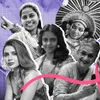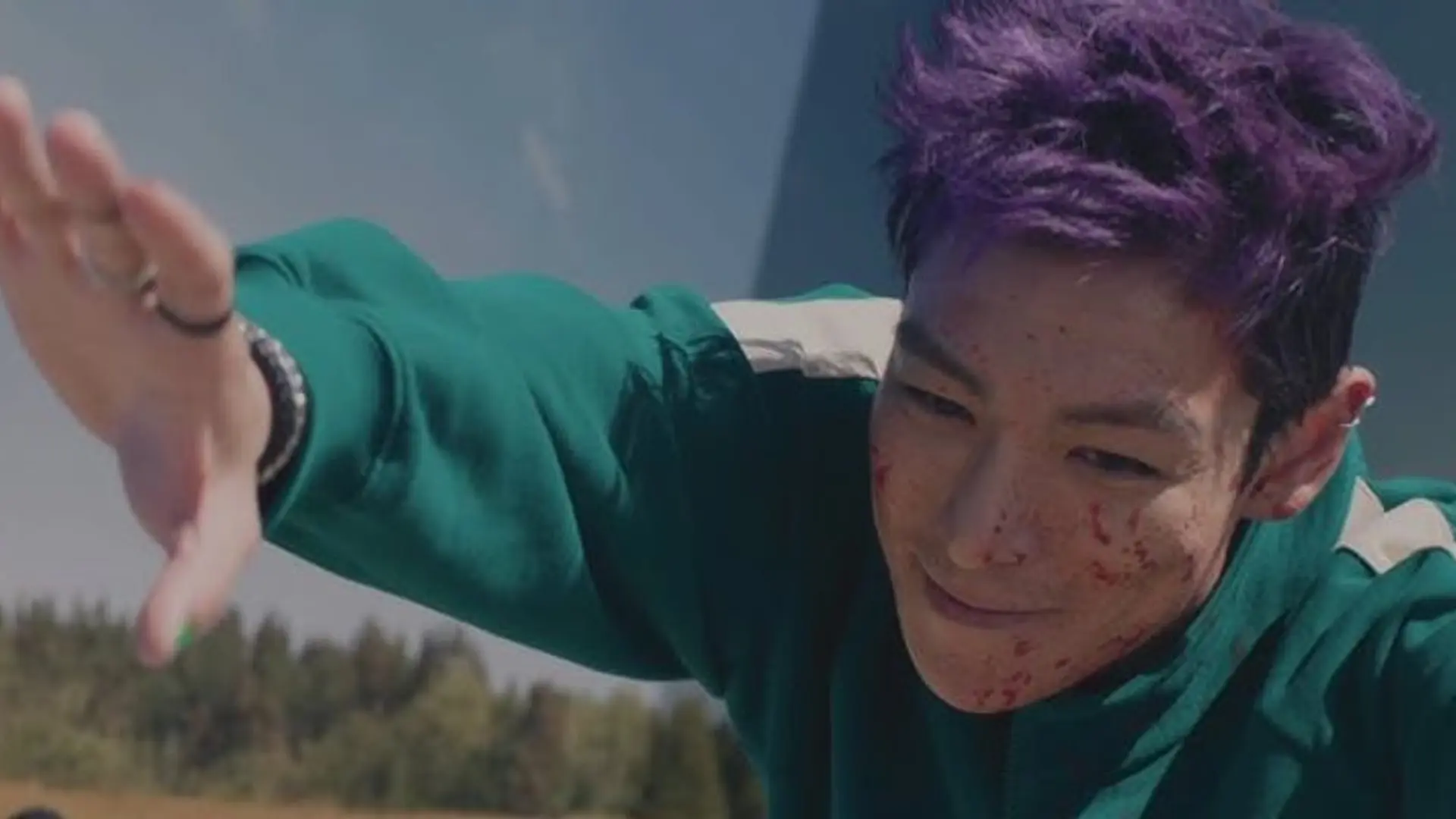Perspective, patience, perseverance: Tips on resilience from 10 IAF artists
In this photo essay series from the India Art Festival, we showcase creative highlights and artistic insights on bouncing back from failures and mistakes.
Launched in 2014, PhotoSparks is a weekly feature from YourStory, with photographs that celebrate the spirit of creativity and innovation. In the earlier 830 posts, we featured an art festival, cartoon gallery, world music festival, telecom expo, millets fair, climate change expo, wildlife conference, startup festival, Diwali rangoli, and jazz festival.
Held across four cities each year, the India Art Festival (IAF) recently wrapped up the fourth edition of its Bengaluru exhibition with artworks from over 30 galleries and 350 artists. The Mumbai edition will be held on January 23-26 (see our coverage of three editions of IAF Bengaluru here).

The artistic journey is full of ups and downs, twists and turns. Ten of the participating artists at IAF share their hard-earned insights on how they frame mistakes, bounce back from failures, and strengthen the mindset of resilience.
“An artist can learn from mistakes and failures through reflection, experimentation, and resilience. Artists can discover new techniques and ideas by reflecting on what went wrong, seeking constructive feedback from peers, mentors, or audiences, and embracing experimentation,” nature artist Sandipa Roy tells YourStory.
Resilience is crucial in the face of setbacks. “Failure is a natural part of the creative process. Understanding this and celebrating small successes can help maintain motivation and foster continuous growth,” she adds.

“Mistakes are like unexpected lessons—they guide you to see things differently. As an artist, I embrace them as part of the process,” says Bengaluru-based artist Kajal Ankush.
Mistakes teach patience, adaptability, and the importance of letting go. “Moving forward comes from experimenting, learning, and staying true to my passion, no matter the setbacks,” she adds.
“An artist grows and evolves by embracing mistakes and failures as essential parts of the creative journey,” says artist-curator Chandni Aggarwal, founder of Meraki Art House.

Experimentation through trial and error is crucial. “It allows artists to discover the perfect colour palette, style, and genre that resonates with their unique voice. Every setback is an opportunity to refine techniques, challenge perceptions, and push boundaries,” she explains.
“Learning from mistakes fosters originality, which is far more valuable than blindly following trends or imitating others. It is in these imperfections that an artist can uncover their true identity and create work that stands apart,” Aggarwal affirms.
The key is to stay curious and keep experimenting. “The artists must remain open to growth, letting each misstep become a stepping stone toward mastery,” she adds.

“Mistakes and failures are an essential part of the growth of an artist. They are an artist’s greatest teachers,” Rishil Raja explains.
The artist’s journey progresses only by analysing what went wrong. “It is very important to be able to move ahead from them and to be able to take them in our stride,” he adds.
“After a personal tragedy, I found solace in carpet art. This path taught me to reflect on what didn't work and experiment with new techniques, which helps move my art forward,” recalls carpet artist Fannan Raza.

Artists can benefit from reflecting on their experiences, trying different approaches, and seeking feedback from peers or mentors to continue learning and advancing. “By doing so, they can craft more meaningful art that connects deeply with others, much like I aim to do with my carpets,” he says.
“An artist learns from their mistakes primarily through audience feedback, which provides valuable insights into how their work resonates,” observes Hyderabad-based artist Annarapu Narender.
Embracing constructive criticism and reflecting on these experiences is critical. “Such attitudes and practices enable growth and help artists move forward with more refined creations,” he suggests.

“Mistakes are a natural part of the creative process. Every failed attempt teaches me something new about my techniques, my style, and the ideas I'm trying to convey,” observes Ria Aboobakar, an artist and HR expert.
“It's important to embrace those failures and analyse them. Failure learnings are stepping stones for growth,” she adds.
Nature artist Isha Valentine suggests that artists should be able to detach themselves from their art, and view the artworks in an unbiased way. “Expectations of an artist can be broadly categorised into creative output and commercial gains,” she describes.

Reflection is important during and after the processes of creating and selling. “This helps identify grey areas for improvement and define yardsticks of success or failure,” she suggests.
Though each artistic journey is unique, one can always look to learn from the experiences of others. “This can be done by being open to constructive feedback, creating a safe environment to discuss topics with peers and family, seeking emotional support, or using online forums to explore such topics,” Valentine advises.
“The biggest lesson for me in my artistic journey has been patience, and learning to be kind to myself. The usual instinct is to give something one try, and if it doesn’t come out perfect, then beat yourself up about it,” observes artist-designer Susan Mary Halfhide, who is also a hospitality professional.

“Understanding that you can still love something you created while acknowledging its flaws was a turning point for me. Tenacity is your best friend as an artist, both in improving your craft as well as in establishing your practice,” she affirms.
“Failures and rejections are part of the artist’s journey, and we learn from these experiences,” heritage artist Sathya Gowthaman agrees. Artistic success is not just about monetary earnings but the improvement of technique through effort, learning and persistence.
“Artists can share their work with trusted peers or mentors who can provide constructive feedback on their artwork. Never give up,” Gowthaman signs off.
Now what have you done today to pause in your busy schedule and harness your creative side for a better world?


Boopathy Thangavelu


Benny Dsa


Team Art Comcept


Pooja Vijayarangan


Anjani Rawat


Anjali Prabhakar


Astha Gajwani

(All photographs were taken by Madanmohan Rao on location at IAF Bengaluru.)











